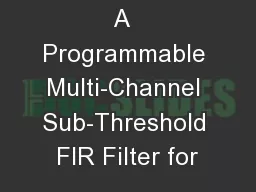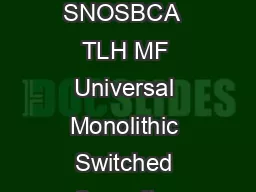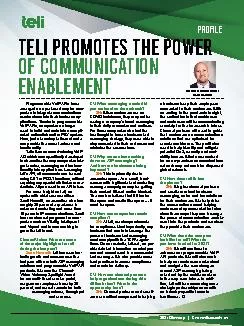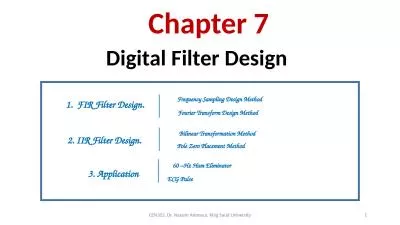PPT-A Programmable Multi-Channel Sub-Threshold FIR Filter for
Author : mitsue-stanley | Published Date : 2016-04-19
Sensor Node Alicia Klinefelter Dept of Electrical Engineering University of Virginia January 16 2012 Motivation Wireless body sensor nodes BSN wellsuited for subthreshold
Presentation Embed Code
Download Presentation
Download Presentation The PPT/PDF document "A Programmable Multi-Channel Sub-Thresh..." is the property of its rightful owner. Permission is granted to download and print the materials on this website for personal, non-commercial use only, and to display it on your personal computer provided you do not modify the materials and that you retain all copyright notices contained in the materials. By downloading content from our website, you accept the terms of this agreement.
A Programmable Multi-Channel Sub-Threshold FIR Filter for: Transcript
Download Rules Of Document
"A Programmable Multi-Channel Sub-Threshold FIR Filter for"The content belongs to its owner. You may download and print it for personal use, without modification, and keep all copyright notices. By downloading, you agree to these terms.
Related Documents














